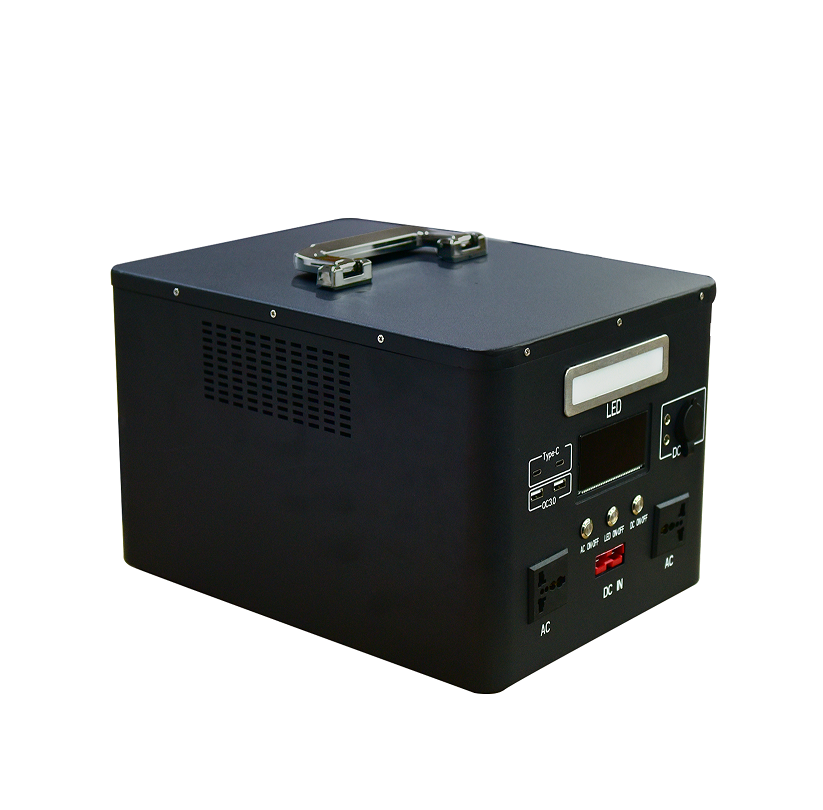Pop questionsYou are here: Home - Technical Support - Pop questions
What affects lithium-ion battery life?
Date: 2023-08-09 14:37:40Downloads: 267
Lithium-ion batteries are widely used in electronic products, solar product, toys, and energy storage system. There are many advantages of lithium battery, such as high energy density, no memory effect, low self-discharge, and long cycle life. One of the most important advantages is cycle life, making it an important performance indicator for lithium-ion batteries.Generally speaking, when the available capacity of a lithium battery decrease to below 80%, we consider the battery's lifespan to have ended. The lifespan of a lithium-ion battery includes cycle life and calendar life. Cycle life refers to the number of cycles the battery can undergo before reaching the end of its life under specific charge and discharge conditions, while calendar life refers to the time it takes for the battery to reach the end of its life while being stored in a certain state.
There are manyd difference physical and chemical reactions taking place within lithium-ion batteries during battery working, leading to many different factors that influence their cycle life. The main factors affecting the cycle life of lithium-ion batteries are as follows:
1. Aging of Battery Materials
Materials within a lithium-ion battery include positive and negative electrode active materials, binders, conductive agents, current collectors, separators, and electrolytes. These materials experience aging during the battery's operation, such as dissolution of the positive electrode material, phase changes in electrode materials, electrolyte decomposition, formation of interface films, and current collector corrosion. The formation and subsequent growth of the solid electrolyte interface (SEI) layer on the negative electrode lead to irreversible loss of active lithium, and the diffusion and migration of substances other than lithium cause gas generation and particle fracture. Additionally, an increase in material volume and the deposition of metallic lithium during cycling can result in capacity loss.
2 Charging and Discharging Conditions
This includes the charging and discharging methods, rates, and voltage limits.
Constant current charging can lead to gas generation and battery damage due to excessive current in later stages. Constant voltage charging, on the other hand, can directly harm the battery due to high initial current. Therefore, lithium-ion batteries often use a constant current-constant voltage charging mode. Charging and discharging rates and voltage limits also significantly impact the battery's cycle life, with higher rates leading to faster capacity decay. Charging cut-off voltage also affects the cycle life.
3 Temperature Effects
Both excessively high and low temperatures can affect battery lifespan. Discharge and charge at temperatures above 50°C result in noticeable degradation. At room temperature, capacity decay is slower, but at temperatures below -10°C, capacity drops sharply. Factors contributing to poor low-temperature performance include reduced ion conductivity of the electrolyte and electrode material-related issues. At temperatures below -10°C, both the full cell and half cell impedance increase, especially charge transfer impedance, which becomes dominant.
4 Consistency of Individual Cells
Battery packs are typically composed of series and parallel combinations of individual cells. The pack's lifespan is limited by the shortest lifespan of its individual cells, making cell consistency crucial. Due to material and manufacturing process variations, ensuring the consistency of individual lithium-ion cells is challenging. Material uniformity of positive and negative electrode materials and electrolyte is important, and cells produced from the same material batch tend to exhibit better consistency. In terms of production, the complex manufacturing process of lithium-ion batteries can lead to inconsistencies in parameters such as voltage, capacity, and internal resistance.

Before we assemble Battery pack, lithium cell undergo a selection and grouping process to eliminate cells with significant performance differences, minimizing the impact of manufacturing variances on usage performance. Batteries are typically grouped based on parameters like capacity, voltage, internal resistance, and self-discharge, although rapidly detecting self-discharge remains a challenging area of study. Self-discharge in individual cells can lead to inconsistent state of charge (SOC) within the battery pack, affecting overall pack capacity. Generally, higher temperatures result in higher self-discharge. Poorly designed battery pack enclosures can lead to varying degrees of internal resistance and self-discharge due to differences in heat dissipation across different cell locations.
Numerous factors influence the cycle life of lithium-ion batteries used in power applications. Moreover, these factors vary for different materials and battery structures. Battery lifespan can be extended by controlling parameters such as operating the battery under appropriate temperature, rate, and charge-discharge conditions. Relative to individual cells, factors affecting the cycle life of battery packs are more complex due to interactions between these factors, and cell consistency issues can significantly reduce the pack's cycle life.


